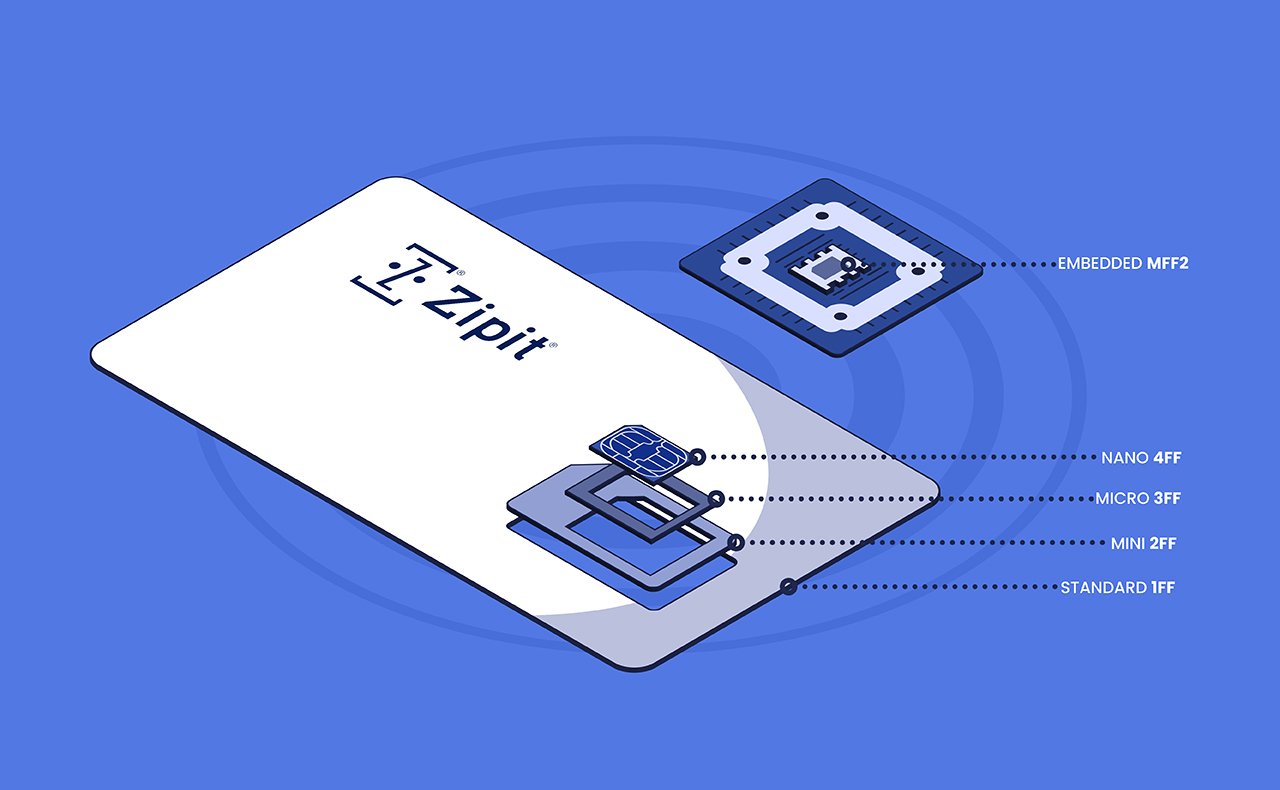
- December 2025 (1)
- November 2025 (2)
- October 2025 (3)
- September 2025 (3)
- August 2025 (3)
- July 2025 (2)
- June 2025 (3)
- May 2025 (3)
- April 2025 (3)
- March 2025 (2)
- February 2025 (1)
- December 2024 (2)
- November 2024 (1)
- August 2024 (2)
- June 2024 (3)
- May 2024 (3)
- April 2024 (1)
- March 2024 (3)
- February 2024 (2)
- January 2024 (2)
- December 2023 (1)
- November 2023 (2)
- October 2023 (2)
- September 2023 (1)
- August 2023 (1)
- July 2023 (2)
- June 2023 (3)
- May 2023 (2)
- March 2023 (4)
- January 2023 (2)
- November 2022 (2)
- September 2022 (1)
- August 2022 (2)
- July 2022 (2)
- June 2022 (1)
- May 2022 (1)
- April 2022 (3)
- March 2022 (1)
- February 2022 (3)
- January 2022 (2)
- December 2021 (1)
- November 2021 (1)
- October 2021 (2)
- September 2021 (3)
- August 2021 (1)
- July 2021 (3)
- May 2021 (2)
- April 2021 (2)
- March 2021 (2)
- February 2021 (3)
- January 2021 (3)
- December 2020 (1)
- October 2020 (1)
- August 2020 (1)
- August 2019 (1)
- January 2019 (2)
- September 2018 (5)
- June 2018 (1)
- November 2017 (1)
- September 2017 (1)
- July 2017 (1)
- May 2017 (1)
- January 2017 (1)
- October 2016 (2)
- August 2016 (1)
- July 2016 (1)
- June 2016 (1)
Subscribe by email
SIM cards have been around for decades, and most of us are familiar with these small chips inserted into our smartphones. SIMs provide memory to store data and unique IDs to connect our devices to mobile networks. SIM cards were originally designed for mobile phones, but SIM types and sizes have evolved to fit the wide variety of Internet of Things (IoT) devices, from smartwatches to industrial machines.
While mobile phone SIMs and IoT SIMs serve the same purpose, the latter is specifically designed to handle the diverse business applications, varied data usage, unique network requirements, and scale and complexity of IoT devices. If you need to determine the best size and type of SIM for your device, we’ll share what to consider in the process and give insights on how to overcome SIM-related challenges with an experienced connectivity partner.
What is a SIM card?
SIM (Subscriber Identify Module) cards store a unique ID that allows devices to connect to the cellular network, store information about a user or device, and send and receive data. SIM cards are small chips in plastic casings that come in various sizes or forms. Traditional or Consumer SIMs designed for phones are specific to a single carrier, like Verizon or AT&T, and store information about the user, like voice and data usage. This data is accessed by the carrier to determine a phone bill. Consumer SIMs aren’t scalable, flexible, or durable enough for IoT devices, and they don’t account for the technical and financial business models required to support them.
What are IoT SIMs?
IoT SIMs, referred to as Machine-to-Machine (M2M) SIMs, provide access to the network, store device and carrier information, and transfer data just like consumer SIMs. However, they’re also capable of supporting IoT devices in a variety of applications, such as security cameras, fleet tracking, or patient monitoring devices. Rather than one person needing one SIM card for one device, Original Equipment Manufacturers (OEMs) must manage thousands of devices with unique data usage and coverage requirements. Often, IoT devices require multiple carrier relationships or even permanent roaming and must be durable enough to survive in extreme conditions. With these needs of IoT devices in mind, IoT SIMs must
- Have flexible data plans to support different levels of usage,
- Be capable of mass activation,
- Withstand harsh environments, temperatures, and vibrations,
- Have a long lifespan (years longer than a traditional SIM),
- Allow for remote management of devices deployed on a wide scale,
- And support multiple carriers for extensive connectivity.
Learn more about the difference between IoT SIM cards and traditional SIM cards and the key components of IoT SIM cards.
SIM card sizes
SIM cards are categorized by size or Form Factor (FF). SIM form factors decrease by the size of the plastic casing surrounding the SIM. Different form factors are suitable for different applications with devices of different sizes. The Standard SIM is the original and the largest but is no longer used in modern devices. Today, smartphones typically use SIM cards two–three sizes smaller–the Micro-SIM or the Nano-SIM. Devices also have the option to use a versatile Tri-Cut SIM card that comes in 2FF, 3FF, and 4FF form factors.
1. Standard SIM (1FF)
Size: 85.6mm × 53.98mm × 0.76 mm
This was the precursor to the types of SIM form factors we see today. As more and more devices began to leverage cellular connectivity, smaller form factors were required and so the 1FF Standard SIM largely fell out of use.
2. Mini-SIM (2FF)
Size: 25mm x 15mm x 0.76mm
Sample use case: Large devices–Vending machines, ATMs, vehicles
3. Micro-SIM (3FF)
Size: 15mm x 12mm x 0.76mm
Sample use case: Portable devices–Routers, GPS systems
4. Nano-SIM (4FF)
Size: 12.3mm × 8.8mm × 0.67mm
Sample use case: Compact devices–POS systems, smartwatches and can also be used in devices like routers.
Note: Over time, smaller form factors have gained prominence across different types of devices as manufacturers continue to pack more computing power into smaller spaces, making products smaller, lighter, and more cost-effective.
5. Embedded SIM (MFF2)
Size: 6mm × 5mm × 0.9mm
Sample use case: Outdoor, on-the-go devices–drones, fleet cameras
The Embedded SIM is the smallest and most durable SIM card and is a great fit for many IoT devices. IoT devices vary wildly in size and design in contrast to more standardized smartphone or tablet designs, so the embedded SIM form factor provides benefits due to its size and the fact that there is no need for a separate SIM slot that would otherwise take up precious real estate within a device. These SIMs are “embedded” when soldered into devices to strengthen their durability, making them appropriate for more extreme environments too.
Specific types of IoT SIM cards
There are various types of IoT SIM cards available, which are not necessarily interrelated, but you should consider all of them before making a decision on which SIM card to choose.
eSIMs
An eSIM could be one of two things. It could refer to the embedded SIM form factor or eUICC (Embedded Universal Circuit Card) software. The first describes a SIM soldered into a device, and the second is the software that enables remote provisioning and management of SIMs without requiring them to be swapped out. The software does not require a soldered SIM, comes in all form factors, and can be used for Consumer SIMs or M2M/IoT SIMs. When we discuss eSIMs, we’re referring to the eUICC software.
Every SIM card is equipped with a UICC (Universal Integrated Circuit Card) that makes it identifiable on the network, but in general all SIM cards are associated with one network provider. This could limit the global coverage and roaming capabilities of a device if the single provider does not have roaming agreements with other carriers.
On the other hand, an eSIM/eUICC allows a SIM to switch providers and leverage different roaming agreements. For example, Zipit offers SIMs for IoT with more than one network profile for global coverage. One eUICC SIM card can connect to multiple networks over the air without requiring access to the device–this enables faster device deployment and rapid global scalability.
Learn more about what an eSIM is and if it’s right for your IoT device.
Using global SIMs vs. SIMs from multiple carriers
A global SIM is one SIM card capable of roaming by leveraging roaming relationships of multiple carriers. A multi-carrier SIM approach uses SIMs from multiple network operators in different regions. Utilizing a multi-carrier SIM approach or multi-SKU approach can provide better coverage on a global scale because they leverage local networks owned by a SIM’s regional carrier rather than relying on roaming agreements between carriers. Often, this approach is more reliable and cost-effective than using a global SIM.
The difficulty with using multiple SIMs comes with managing relationships and contracts with multiple carriers and efficiently managing SIM states or moving devices between plans. Certain carrier rate plans or very high data usage plans, like Fixed Wireless, are limited to a specific carrier offering those plans and do not allow for roaming. A 300GB plan would require multiple SIMs to offer the plan on multiple carriers. Carriers have specific restrictions with each other on how much data can be used while roaming on another network.
You can streamline multi-carrier SIM management with our IoT connectivity platform and partner with Zipit to manage your connectivity with the world’s top cellular carriers.
Learn more about the advantages, disadvantages, and uses of global and multi-carrier SIMs.
Steered vs. Non-Steered SIMs
Steered and non-steered SIMs behave differently when a device roams. No matter what alternative networks become available during roaming, a steered SIM will stay connected to the original carrier’s network or their preferred roaming list priority, even if the connection is weak. Non-steered SIMs, on the other hand, connect to the strongest available network by leveraging agreements between different carriers. Many IoT devices depend on non-steered SIMs for a continuous, stable connection.
How to choose an IoT SIM card
There are several different types and sizes of SIMs to choose from, and given the variability and complexities of IoT devices, the decision isn’t always straightforward. When choosing an IoT SIM card and provider, keep in mind the following.
- Form factor–The size and design of the device determine the size of the SIM card and how much room it allows.
- Roaming–If your IoT device is moving across different countries or regions, you'll want to ensure that your SIM card provider has agreements with operators in those areas to avoid any disruptions in connectivity. You will need to choose between a single global SIM or a multi-carrier SIM approach or decide if an eSIM is the best solution. If your device is deployed in a remote location, you’ll want to choose a SIM card that allows for remote provisioning, but keep in mind that most mobile network operators around the world do not actively support eUICC yet.
- Connectivity–The location of the IoT device may impact the strength of the signal and the available coverage options. It's important to choose a SIM card with a carrier that provides sufficient coverage in the area where the device will operate. If your devices are located worldwide, multi-carrier SIMs are often the choice we recommend.
- Device environment–You’ll want to ensure that your device’s SIM is durable enough to withstand the environment of your device.
- Security–When choosing between a removable or an embedded IoT SIM, keep in mind that there may be a higher risk of theft with a removable SIM. If your device is located in an area where theft is a threat, an embedded SIM may be the better choice.
- Management platform–Accessing data and managing the connectivity of IoT devices requires a secure management platform. Zipit can provide you with the best IoT SIMs for your devices from top carriers, along with a single platform to manage and monetize your devices.
IoT SIMs from Zipit Wireless
Types and sizes of SIMs aren’t complicated, but the choices surrounding choosing SIMs for IoT devices can be. Determining how to activate SIMs, establishing appropriate rate plans for customers, and managing ongoing connectivity can be complex and time-consuming. Zipit Wireless has over a decade of experience guiding OEMs through these decisions and the expertise to provide SIM solutions customized to your unique IoT requirements. Here are a few of the ways Zipit can help in addition to providing IoT SIMs.
- Managing multiple carrier relationships
- Connecting your devices with coverage in all major markets
- Providing flexible data plans
- Providing a branded device management platform where you can see which SIMs are active on which carriers, change the SIM states, and move between data plans
- Assistance monetizing data usage and managing subscriptions with our billing platform
Learn more about how to sell a subscription for your IoT product, IoT data plans, or subscription billing software.
You may also like:
Related Content
The latest IoT insights and platform updates from Zipit.
As billions of connected devices continue to shape modern life, IoT manufacturers ...
The Internet of Things (IoT) is transforming how businesses operate, compete, and ...
IoT asset tracking unlocks real-time awareness, predictive power, and operational ...


